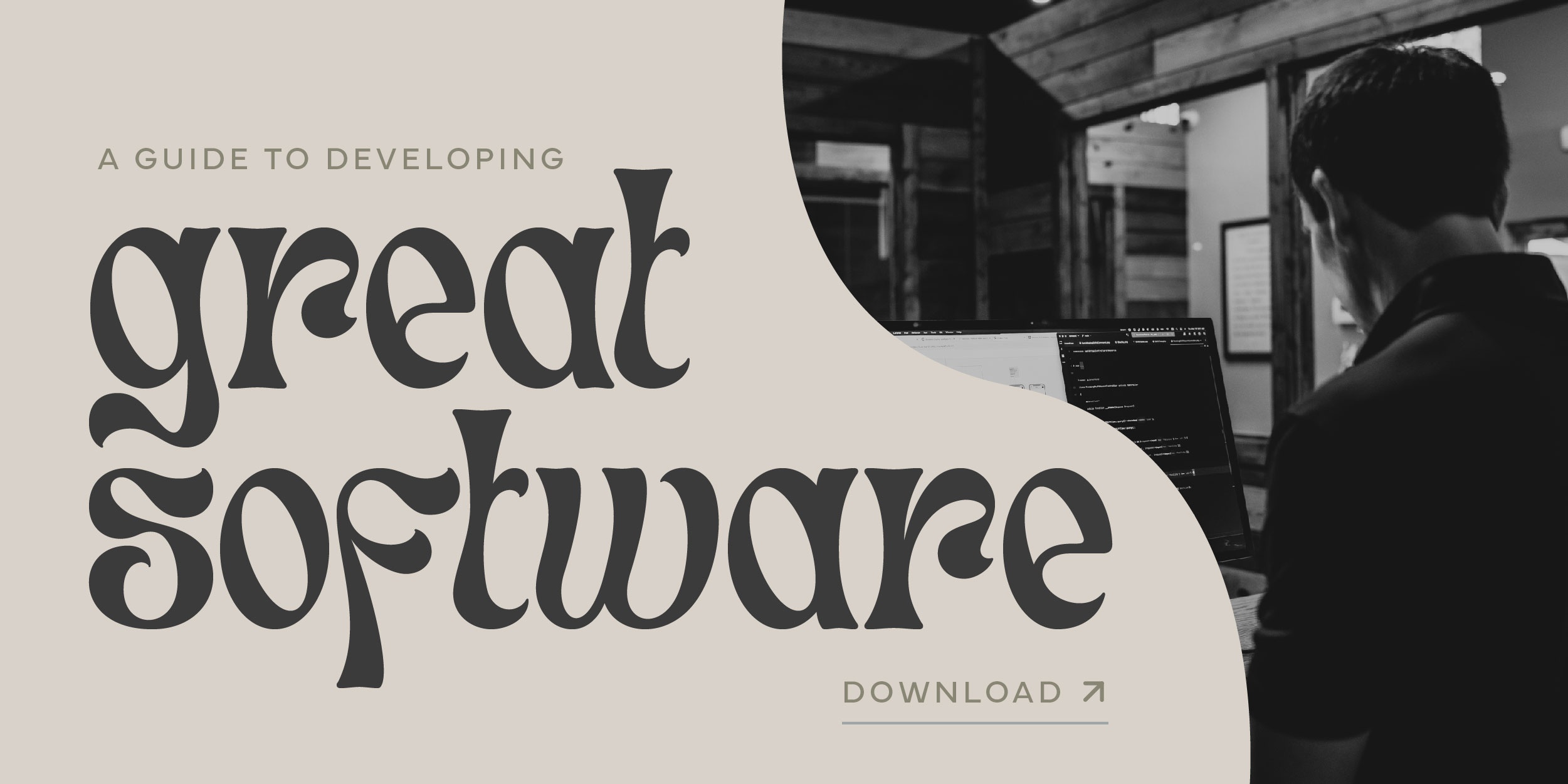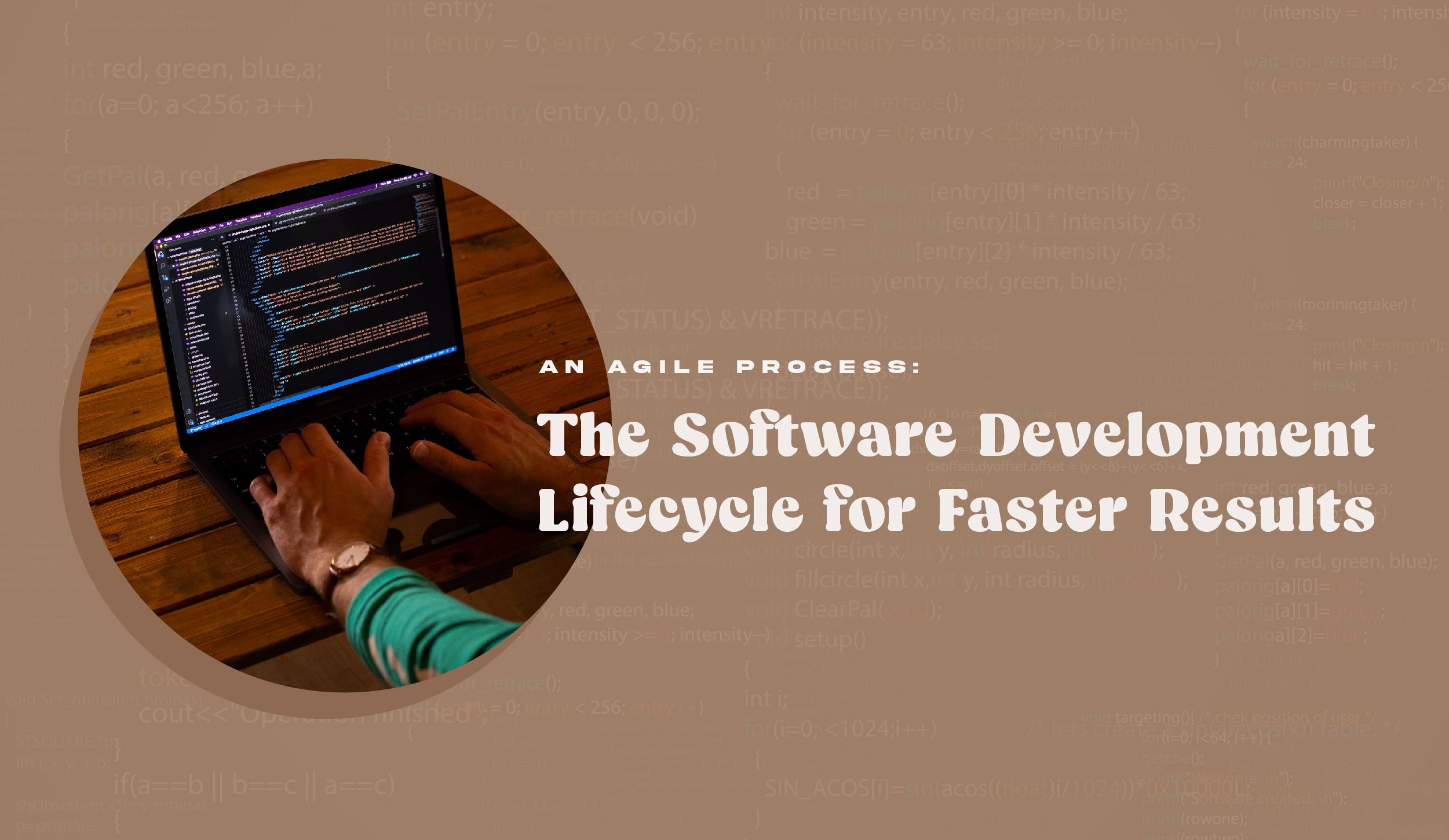As the world of technology rapidly changes and evolves, the people who create and maintain it have to, too; thus, Agile software development was born.
There are many processes for developing software. At Primitive, we began using the Agile method because it allows for the constant changes and fast-pace of the digital world.
We’ll walk you through the steps so you can see for yourself why using an Agile method will give your business and product the consistency, flexibility, and success you desire.
Concept
This is where it all begins. Here, developers and product owners define the scope of the project.
In this stage, the team will outline the requirements of the project to meet the end goal. A few questions will need (tentative) answers.
Are we creating a new product or modifying an existing one?
What is the expected time frame?
What is the expected cost?
Once these questions have been answered, the team and the client can determine whether this software build is a valuable investment or not.
Inception
Now, it’s time to get the team together. Once key members are identified, the design process can begin.
The team will create mock-ups of the user interface and begin building the project infrastructure. Here is a good time to plan regular check-ins with stakeholders to ensure the project is meeting its requirements.
Iteration
This phase can also be known as the construction phase. Iteration is where the team will spend the most time and work. The developers and UX designers will combine all of their ideas and product requirements to code the project.
Once basic functionality is reached, it will be easy to go back and make changes or tweaks during check-ins with stakeholders.
Release
The product is almost ready for launch. Introducing: the quality assurance team. It’s time to test your new software.
If any bugs or defects are detected, the developers can address them, fix them, and ensure the product is ready for production.
Production
The team doesn’t stop once the product is deployed or launched. At this stage, the software is available for customers or clients and in use.
The team’s job now is to provide ongoing support. This will ensure the software continues to run smoothly and any bugs are detected and resolved.
Retirement
Retirement is much like it sounds.
The product enters this phase in the case it becomes obsolete, redundant, or simply, no longer needed. It is removed from production.
Through trial and (only a little bit of) error, Primitive has found this process of building software to be the most efficient and successful. No matter what type of software you’re looking to build, we’re confident the Agile process is the best way to do it. Trust us.
To learn more, download our free guide below.



